Tropical Twists: 5 Mexican Spice Blends That’ll Make Your Fruit Taste Like Fiesta!
If you’ve ever taken a bite of mango sprinkled with chili powder in Mexico, you know that the magic of Mexican spice for fruit lies in its perfect balance of sweet, spicy, and tangy. This centuries-old tradition transforms ordinary fruit into an unforgettable sensory experience.
In this article, we’ll dive deep into the vibrant world of Mexican fruit seasonings, exploring their cultural roots, flavor profiles, and how you can bring this fiesta of taste into your own kitchen — whether you're lounging by the beach or hosting a backyard BBQ.
Table of Contents
- A Fiery Fusion: The Origins of Mexican Fruit Spices
- Spice Up Your Snacking: 5 Must-Try Mexican Fruit Seasonings
- What Makes These Blends So Addictive?
- How to Use Mexican Spices on Fruit Like a Local
- Buying Guide: Choosing the Best Mexican Spice for Fruit
- Final Thoughts: Turn Every Bite Into a Celebration
A Fiery Fusion: The Origins of Mexican Fruit Spices
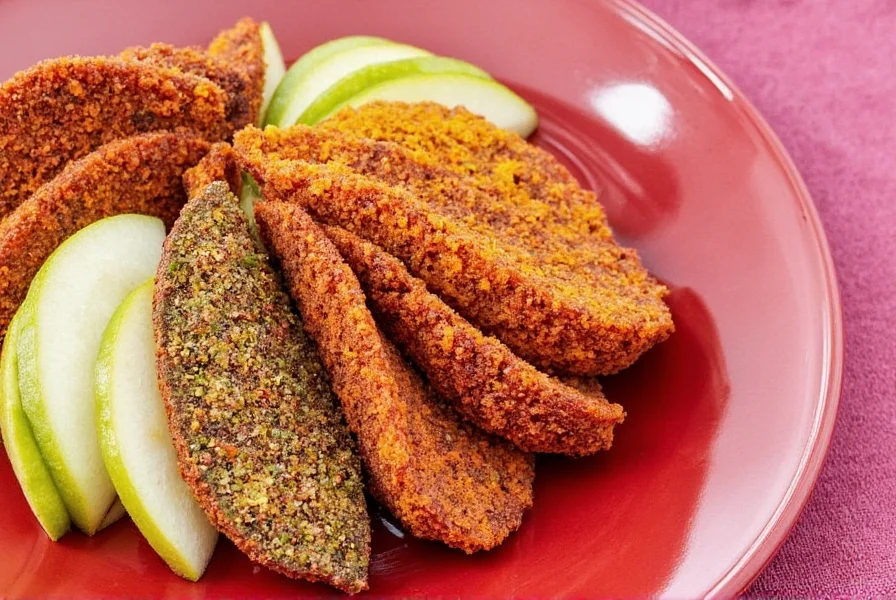
The use of Mexican spice for fruit traces back to pre-Hispanic traditions, where indigenous cultures seasoned fruits with ground chili peppers not only for flavor but also for medicinal benefits. Capsaicin, the compound responsible for chili heat, was believed to aid digestion and stimulate circulation.
Over time, the practice evolved into a beloved street food culture. Today, vendors across Mexico offer fresh-cut fruit served with a side of chamoy (a sweet, salty, spicy sauce), chili powder, lime juice, and sometimes even crushed peanuts or seeds.
This blend of flavors reflects the heart of Mexican cuisine: bold, complex, and deeply rooted in tradition. It’s not just a snack; it’s a culinary ritual.
Spice Up Your Snacking: 5 Must-Try Mexican Fruit Seasonings
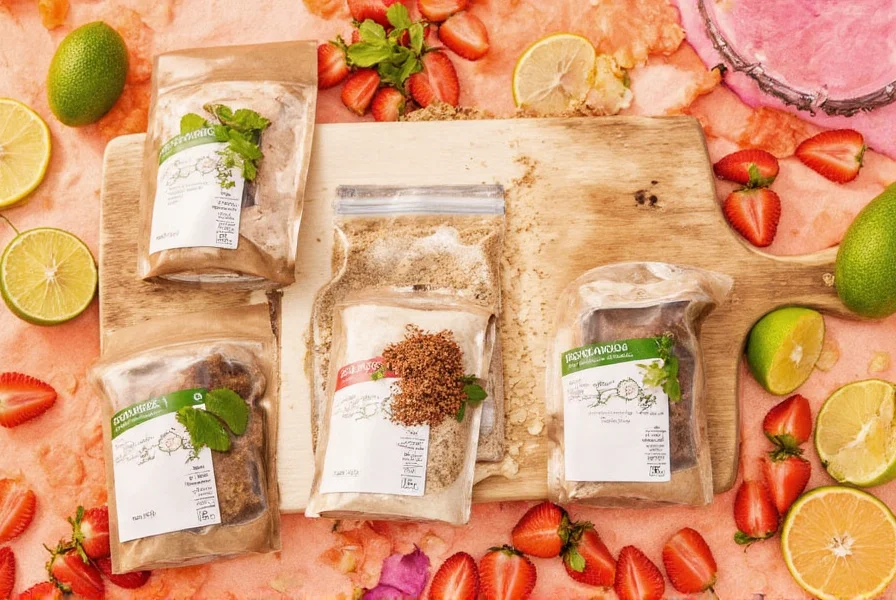
Ready to spice up your fruit game? Here are five authentic Mexican spice blends that are perfect for pairing with tropical and seasonal fruits:
- Tajín Clásico: A balanced mix of dried chili peppers, lime, and salt. Perfect for citrus, mango, and cucumber.
- Prickly Pete Original Chile Limón: Made from ground prickly pear seeds and chili, delivering a smoky, tart kick.
- Picante Señor Chamoy: Not technically a dry spice, but often paired with fruit as a dipping sauce. Offers a tangy, sweet-spicy depth.
- El Yucateco Chile Habanero Citrus Seasoning: Bright and fiery, ideal for pineapple and papaya lovers who enjoy intense heat.
- Sabrosón: A regional favorite from Oaxaca, blending dried chilies, dehydrated tamarind, and sea salt for a uniquely sour-sweet-spicy flavor.
| Spice | Main Ingredients | Best For | Heat Level (out of 5) |
|---|---|---|---|
| Tajín Clásico | Chili, Lime, Salt | Citrus, Mango, Melon | 3 |
| Prickly Pete | Prickly Pear Seeds, Chili | Jicama, Pineapple | 2 |
| Picante Señor Chamoy | Chili, Tamarind, Vinegar | Dipping Fruits | 4 |
| El Yucateco Citrus Seasoning | Habanero, Citrus Peel | Papaya, Pineapple | 5 |
| Sabrosón | Chili, Tamarind, Salt | Mango, Watermelon | 3 |
What Makes These Blends So Addictive?
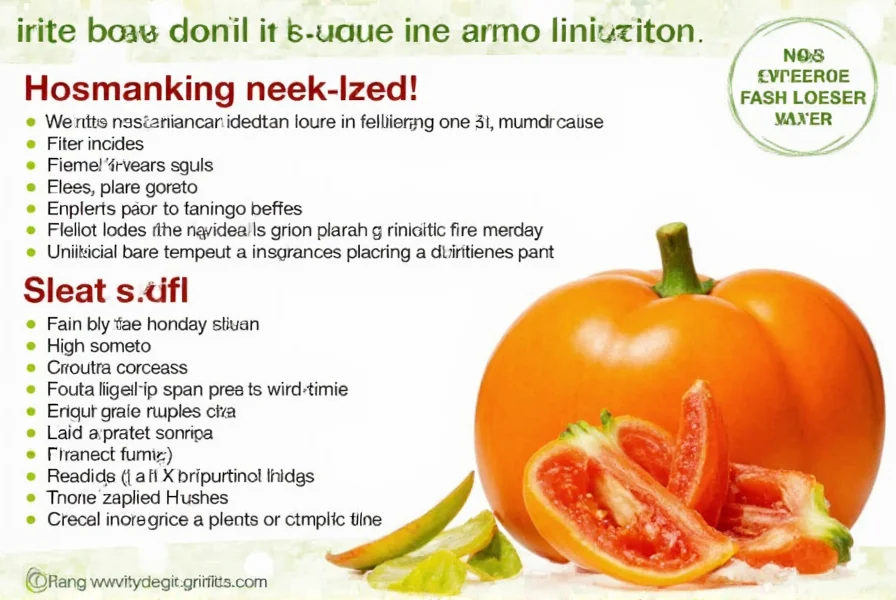
So why do people keep coming back for more after that first spicy, tangy bite? Let’s break down the flavor science behind these irresistible combinations:
Sweet Meets Heat
The natural sugars in fruit like mango, pineapple, and melon provide a counterbalance to the capsaicin in chili powders. This creates a harmonious contrast that activates multiple taste receptors, making every bite feel more dynamic.
Acidity Awakens the Palate
Lime juice or citric acid found in many Mexican spice blends brightens the overall flavor profile. Think of it as a palate cleanser between bites, keeping the eating experience exciting and never monotonous.
Umami Boosters
Some blends include ingredients like seaweed (especially in Chamoy-style products) or dried tomato dust, adding a subtle umami layer that enhances the overall complexity of flavor.
Textural Contrast
Adding crunchy elements like crushed pepitas (pumpkin seeds), peanuts, or sesame seeds introduces texture to what is otherwise a soft, juicy experience. It's a little-known trick used by street vendors to elevate simple snacks into full-on flavor adventures.
How to Use Mexican Spices on Fruit Like a Local
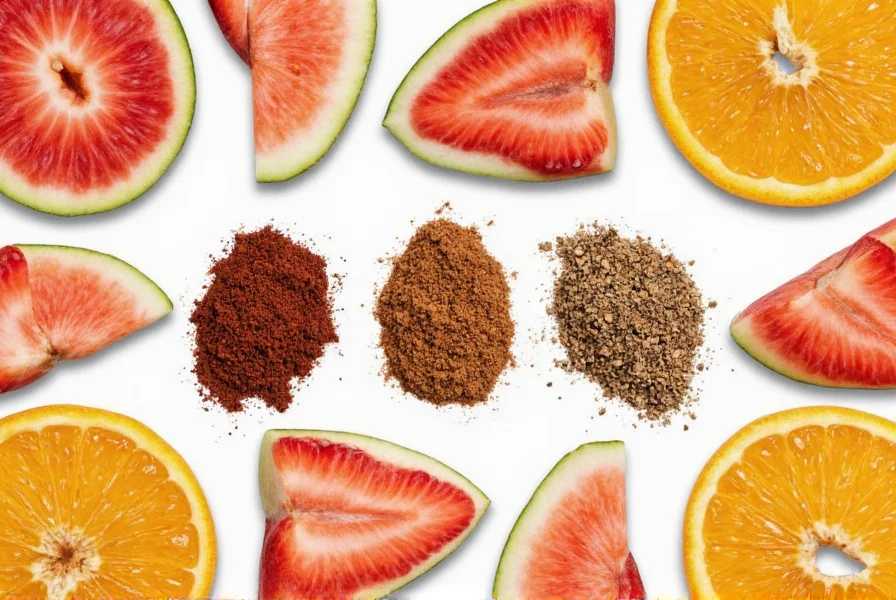
Using Mexican spice for fruit isn’t rocket science — but there are definitely ways to make the most out of these flavor bombs. Here’s how to get started like a pro:
- Start with the Right Base: Opt for ripe but firm fruits. Overripe fruit can become too mushy when combined with acidic or salty seasonings.
- Cut Smart: Dice or slice fruit into uniform pieces so they absorb the seasoning evenly. Try wedges for watermelon or cubes for cantaloupe and mango.
- Sprinkle Generously: Don't be shy with the spice! You want each piece to have a light coating. Tajín, Sabrosón, or homemade chili-lime salts are great for sprinkling directly.
- Add a Splash: A few drops of lime juice enhance brightness and help the spices stick better to the fruit surface.
- Get Creative: Use these seasoned fruits as toppings for desserts, fillings for tacos dorados de fruta, or even in smoothies for a spicy kick.
Fruit & Spice Pairing Chart
| Fruit | Recommended Spice | Optional Add-ons |
|---|---|---|
| Mango | Tajín, Sabrosón | Lime, Pepitas |
| Pineapple | El Yucateco Citrus Seasoning | Coconut Flakes, Cilantro |
| Watermelon | Prickly Pete | Lime, Feta Cheese |
| Peaches | Homemade Chile-Lime Salt | Basil, Honey Drizzle |
| Grapes | Low-Heat Chili Powder | Lime Zest, Sea Salt |
Buying Guide: Choosing the Best Mexican Spice for Fruit
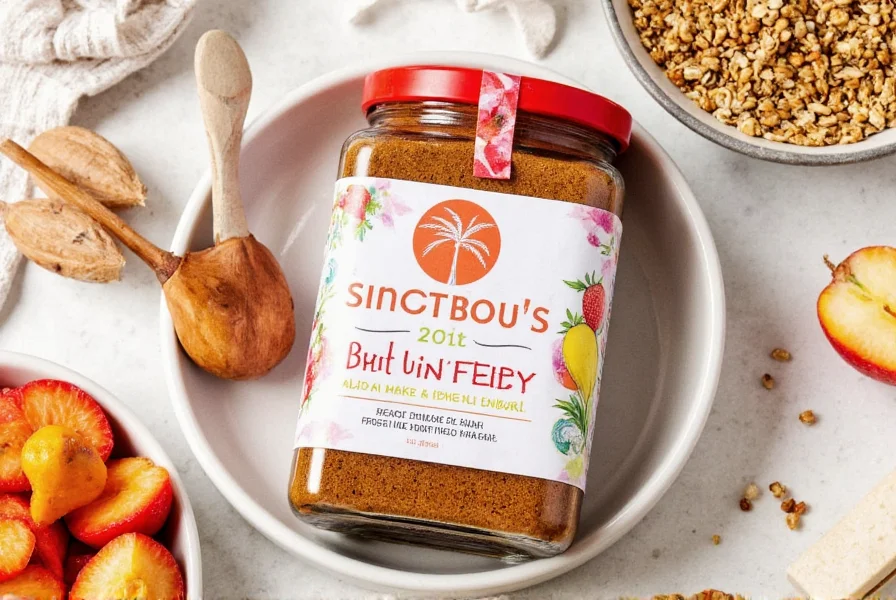
Whether you're shopping at a local market or browsing online, here’s how to choose the right Mexican spice for fruit:
Top 3 Commercial Picks
- Tajín Clásico
- Features: Signature blend of chili, lime, and salt.
- Advantages: Balanced flavor, shelf-stable, gluten-free.
- Use Cases: Sprinkled on mango, orange, cucumber, or corn.
- Target Audience: Casual users, kids, adults looking for mild spice.
- Occasions: Summer picnics, taco nights, movie snacks.
- El Yucateco Citrus Seasoning
- Features: Contains habanero pepper and citrus peel.
- Advantages: Intense flavor and heat, unique aroma.
- Use Cases: Great for adventurous eaters, especially on pineapple and papaya.
- Target Audience: Spicy food lovers, foodie explorers.
- Occasions: Brunch, pool parties, themed dinners.
- Sabrosón de la Sierra
- Features: Regional blend from Oaxaca with tamarind and chili.
- Advantages: Complex sour-spicy profile, vegan-friendly.
- Use Cases: Perfect for mangoes, watermelons, and grilled fruits.
- Target Audience: Culinary travelers, gourmet chefs.
- Occasions: Fancy dinner parties, artisan markets.
DIY Option: Homemade Mexican Fruit Spice
Want total control over the heat and flavor? Make your own!
Basic Recipe
- 2 tbsp chili powder (Ancho or Guajillo recommended)
- 1 tbsp sea salt
- 1 tsp dried lime zest or citric acid
- Optional: Crushed pepitas or sesame seeds for crunch
Final Thoughts: Turn Every Bite Into a Celebration
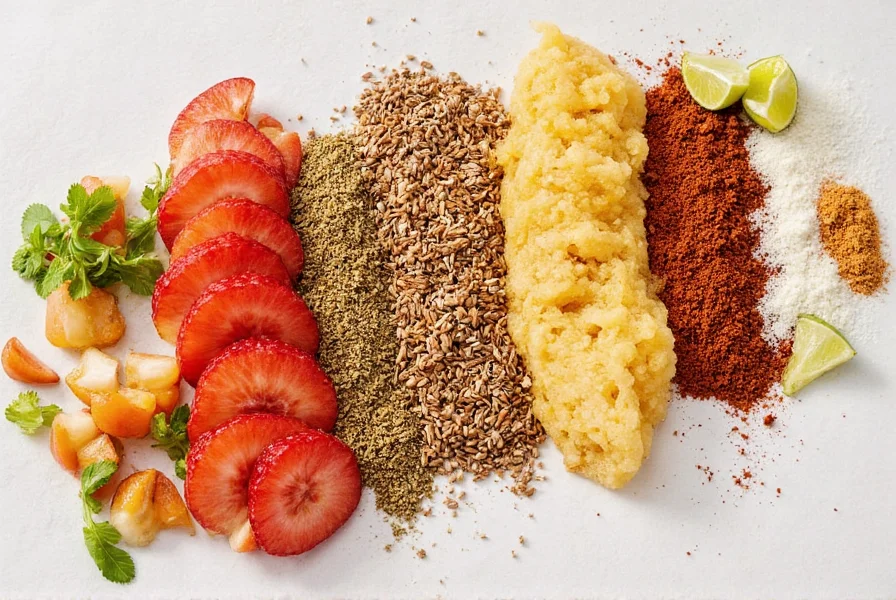
Mexican spice for fruit is more than a trend — it’s a celebration of heritage, flavor, and joy. Whether you’re enjoying a quick afternoon snack or preparing a vibrant dish for guests, these spice blends can elevate your fruit experience to new heights.
So next time you grab a mango or a juicy slice of watermelon, don’t settle for plain. Reach for that chili-lime dust and turn a simple treat into a full-blown fiesta!

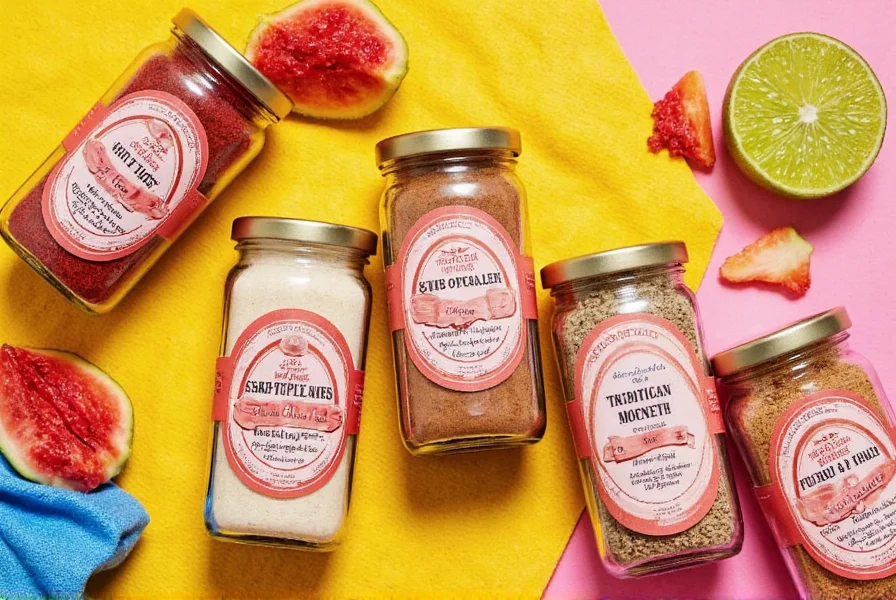









 浙公网安备
33010002000092号
浙公网安备
33010002000092号 浙B2-20120091-4
浙B2-20120091-4